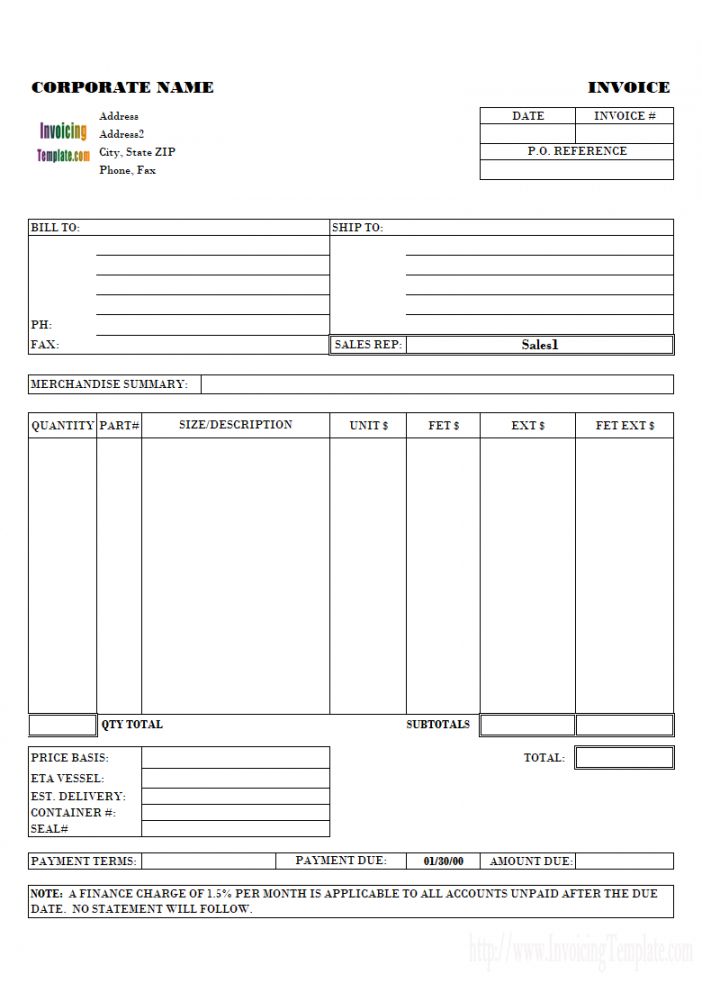
A tire receipt is a document that serves as proof of purchase for tires. As a business owner in the automotive industry, it is crucial to keep track of tire receipts for various reasons. Whether you run a tire shop, an auto repair business, or a fleet management company, maintaining accurate and organized records of tire purchases can benefit your business in the long run.
Why Should Business Owners Keep Tire Receipts?
There are several reasons why business owners should keep tire receipts:
- Warranty Claims: Tire manufacturers typically provide warranties for their products. In the event of tire defects or premature wear, having the original receipt will facilitate the warranty claim process. Without a receipt, it may be challenging to prove the date of purchase or that the tires were indeed purchased from your business.
- Customer Service: Keeping tire receipts allows you to provide better customer service. If a customer has a question or concern about their tires, you can easily access their purchase information and provide accurate assistance. This can help build trust and loyalty with your customers.
- Business Expenses: Tire purchases are a significant expense for businesses in the automotive industry. By keeping track of receipts, you can accurately calculate your business expenses, which is essential for financial planning, budgeting, and tax purposes.
- Product Knowledge: Having access to tire receipts allows you to keep track of the specific brands, models, and sizes of tires that are popular among your customers. This information can help you make informed decisions when restocking your inventory and staying updated with market trends.
- Liability Protection: In the unfortunate event of an accident or legal dispute, having tire receipts can provide evidence that you sold the tires in question. This documentation can be crucial in protecting your business from false claims or liability.
How to Organize and Store Tire Receipts
Organizing and storing tire receipts is essential for easy retrieval and record-keeping. Here are some tips on how to effectively manage your tire receipts:
- Digitize Receipts: Consider scanning or taking photos of tire receipts and storing them digitally. This reduces the risk of losing or damaging physical copies and allows for easy access and searching.
- Use a Digital Storage System: Utilize cloud-based storage solutions or document management software to store and organize your tire receipts. This ensures that they are securely backed up and easily accessible from any device.
- Organize by Date and Customer: Create a filing system that categorizes tire receipts by the date of purchase and the corresponding customer. This makes it easier to locate specific receipts when needed.
- Implement a Barcode or QR Code System: Consider using barcodes or QR codes on tire receipts to streamline the retrieval process. This can help automate inventory management and quickly identify the corresponding purchase when needed.
Sample Tire Receipt Template
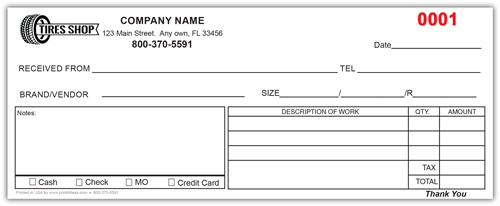
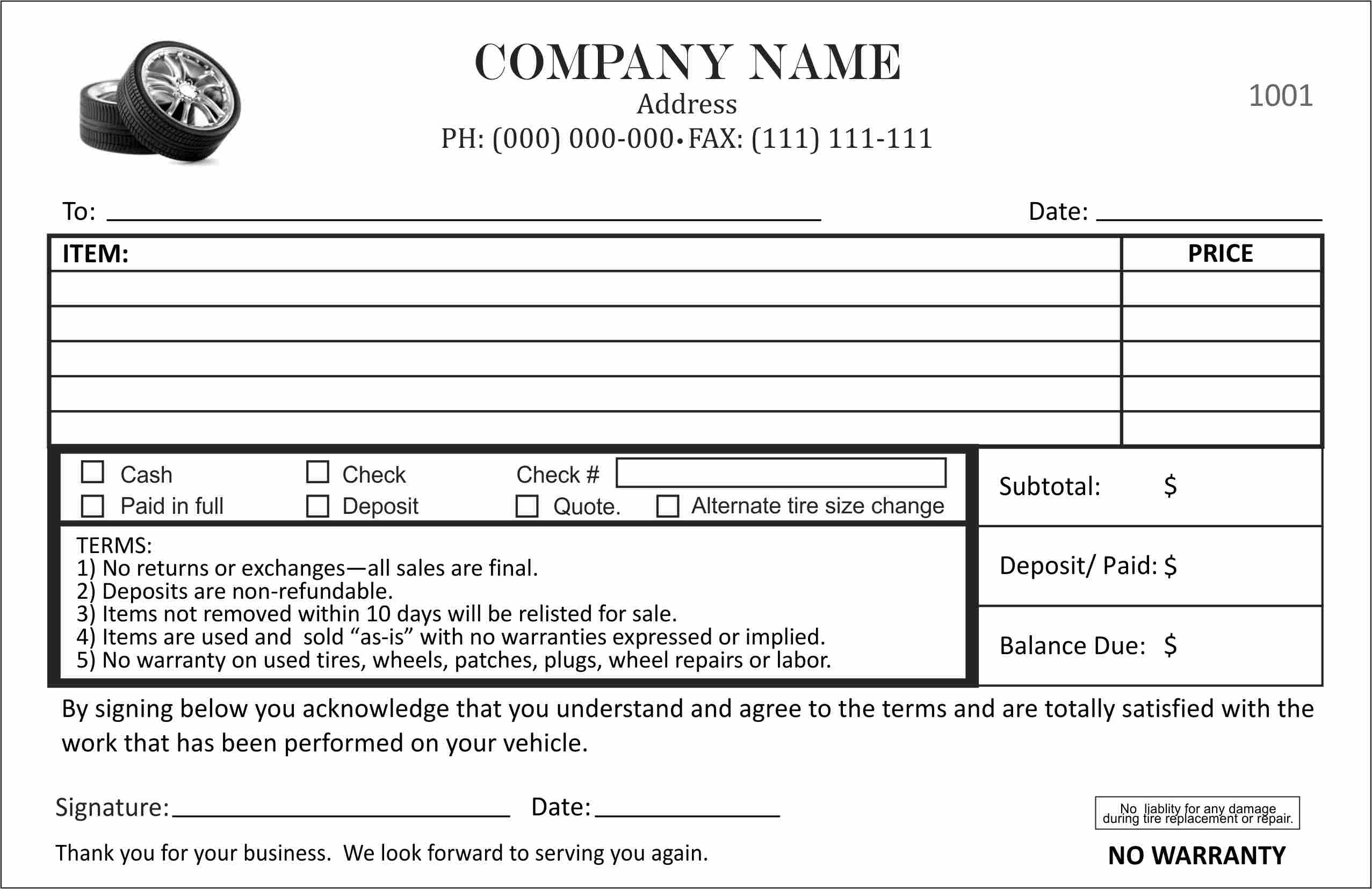
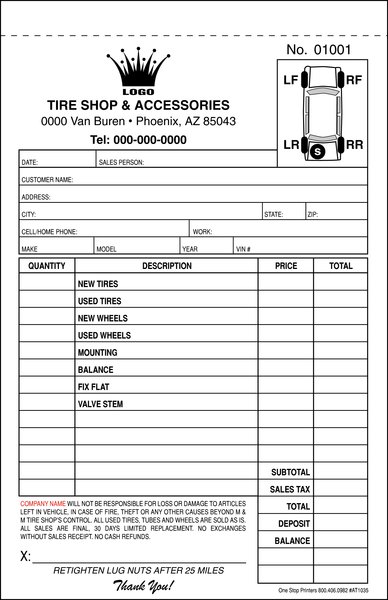
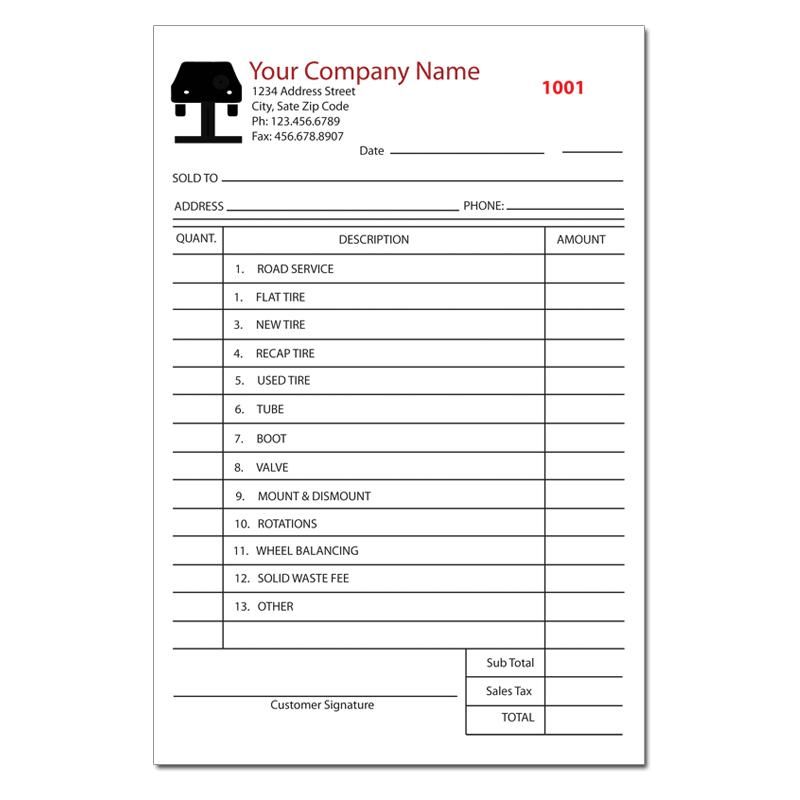
Here is a sample template for a tire receipt:
“`[Your Business Logo]Tire Receipt
Customer Information:- Name: [Customer Name]- Address: [Customer Address]- Contact Number: [Customer Contact Number]
Tire Details:- Brand: [Tire Brand]- Model: [Tire Model]- Size: [Tire Size]- Quantity: [Number of Tires]- Date of Purchase: [Date of Purchase]
Total Amount: [Total Amount]
Payment Method:- Cash- Credit Card- Debit Card- Check
Thank you for choosing [Your Business Name]. If you have any questions or concerns regarding your tire purchase, please feel free to contact us.
[Your Business Contact Information]“`
Tips for Managing Tire Receipts
Here are some additional tips to help manage tire receipts effectively:
- Automate Receipt Generation: Use point-of-sale systems or accounting software that can automatically generate and store receipts. This eliminates the need for manual entry and reduces the chances of human error.
- Regularly Backup Digital Receipts: Ensure that your digital storage system is regularly backed up to prevent data loss in case of technical issues or system failures.
- Train Your Staff: Educate your employees about the importance of tire receipts and how to properly handle and store them. Consistency in record-keeping practices is crucial for maintaining organized records.
- Review and Audit: Conduct regular reviews and audits of your tire receipts to identify any discrepancies or missing records. This helps maintain the integrity of your documentation and ensures accuracy.
Final Words
As a business owner in the automotive industry, keeping track of tire receipts is essential for various reasons, including warranty claims, customer service, financial management, and liability protection. By implementing effective organization and storage strategies, you can ensure that your tire receipts are easily accessible and properly managed. Remember to train your staff on the importance of tire receipts and regularly review your records to maintain accuracy. By prioritizing the management of tire receipts, you can enhance your business operations and provide better service to your customers.
Tire Receipt Template Word – Download